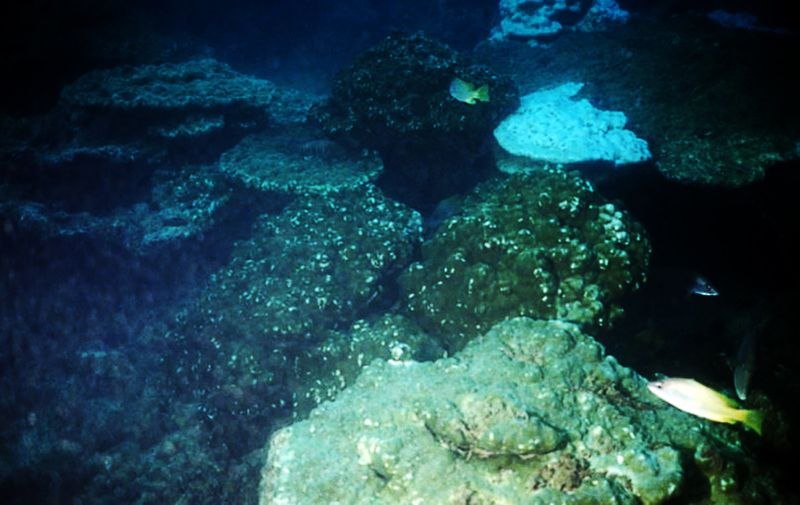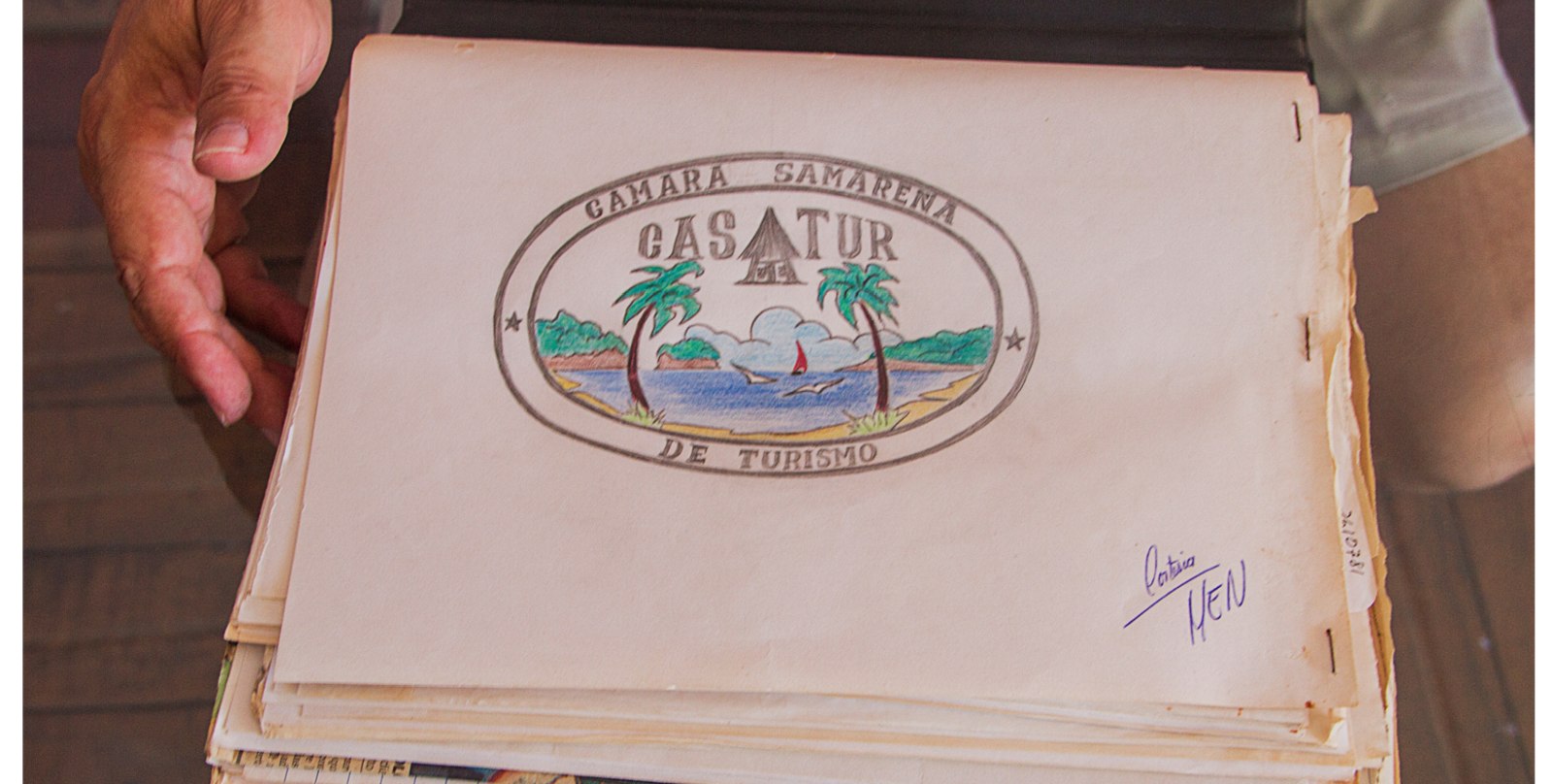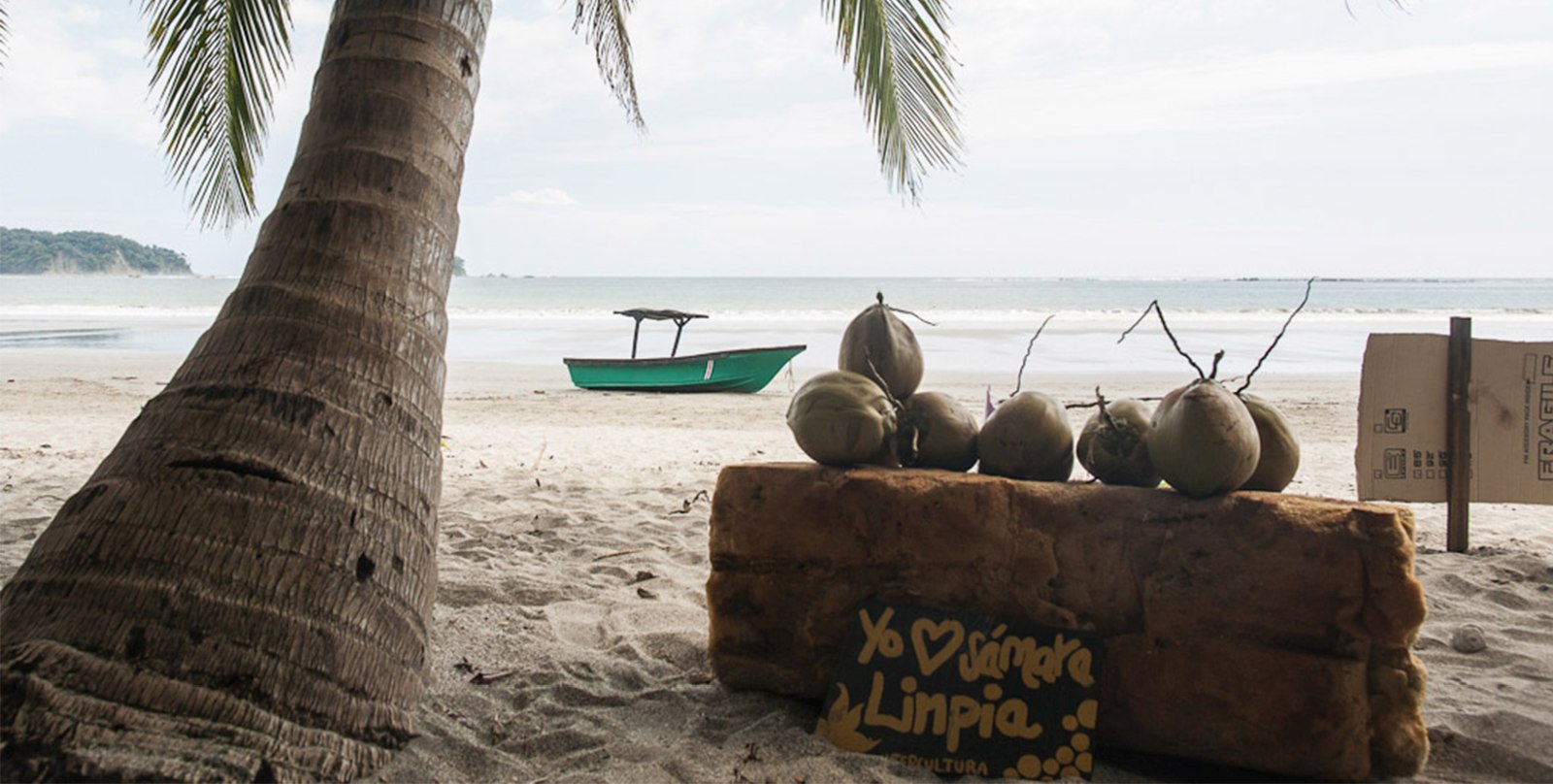
Five members of the University of Costa Rica (UCR) came to study the state of the reefs of both Samara and Carrillo. In charge of this expedition was Juan José Alvarado Barrientos, professor of biology and a specialist in coral reef ecology. The Voice of Guanacaste had the opportunity to interview him about the importance of our reefs, their current state and keys for maintenance.
After the study, the conclusion is that the coral reefs are in very bad shape. Larger corals such as nucura are healthy, but this species is more resistant. However, the ciriales (candlesticks) that were the largest in the area are in poor condition. They are mostly dead, covered with seaweed, and there are few living coral colonies. The problem is that as cirial dies, all of the fish and associated organisms leave, and this eventually will affect fishing and tourism.
Alvarado told us that previously there were no records of the reefs, but thanks to funding from the Center for Research in Marine Sciences and Limnology (CIMAR), this year they have been able to start with the study of areas of the country like ours. “These are long-term studies in which variations can be observed in our reefs and we can better understand the causes of its deterioration,” he said. “Our job right now is to see what reef coverage exists, the size of the fish, do a census of the invertebrates, etc. Having this first record allows us to return next year and have a benchmark to compare. This way we know if we are improving or worsening, since we didn’t have records previously.”
Alvarado explained three functions of vital importance of coral reefs: “In the first place, they provide us with protection from erosion and strong waves. Second, they have a commercial importance and provide resources to the area. Species like snapper develop in these places and have their growth stage here, protecting themselves from larger predators; therefore it is vital for fishing activity. Third, they have an importance in terms of tourism. The better preserved, the greater its beauty and the greater tourist attraction it will have,” he explained.
In absolute terms, coral reefs do not make up even one percent of the coastal zone. However, they are the most biodiverse and productive ecosystems with ecological, economic and social importance.
The fundamental reasons for why the reef has deteriorated at these times are red tides and the extraction of coral withdrawals by humans. “Red tides are a natural, what isn’t natural is the intensity of these both in terms of climate and duration,” he noted. Every year we are seeing our shores affected by these tides that kill fish and in some instances can be toxic to people who may eat contaminated bivalve mollusks. Deforestation and climate change are the main causes of this phenomenon. But it has another effect, which is that the photosynthesis necessary for the reef to feed from plankton doesn’t take place, so it dies, and other types of organisms proliferate.
Recovering this natural treasure is not simple, according to Alvarado. Deforestation in the mountains is something that could be better regulated. But above all, extraction of coral, such as black coral, called the gold of the sea, should be avoided and better controled. This coral is found in many souvenir shops. In addition, fishing young vertebrates and invertebrates should be better controlled.







Comments